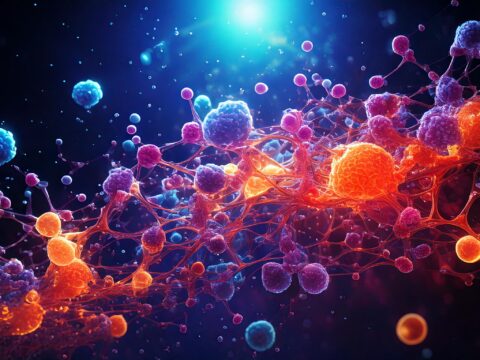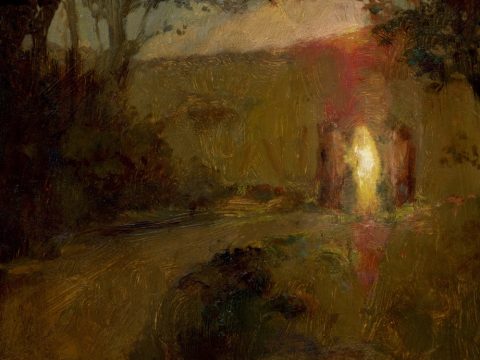
One of the most remarkable scientific findings of the twentieth century is the delicate fine-tuning of the laws that govern the universe, which enable the emergence and sustenance of intelligent life. Like the scientific confirmation of the beginning of the universe, fine-tuning poses a significant challenge to naturalism.
Scientists have been struck by how precisely the laws of physics seem to be calibrated for life. “There are many such examples of the universe’s life-friendly properties,” says science and nature writer Tim Folger in Discover magazine, “so many, in fact, that physicists can’t dismiss them all as mere accidents” (Folger, SAIC). British astronomer Fred Hoyle remarked, “A commonsense interpretation of the facts suggests that a super intellect has monkeyed with physics, as well as chemistry and biology, and that there are no blind forces worth speaking about in nature.” (Hoyle, quoted in Davies, AU, 118)
Let’s consider an example.
The Fundamental Forces of Nature
Each of the four fundamental forces of nature had to be carefully fine-tuned for life: gravity, electromagnetism, the strong nuclear force, and the weak nuclear force. In particular, the ratio of the electromagnetic force to the gravitational force must be delicately balanced to one part in 1040 (that is one part in 10,000,000,000,000,000,000,000,000,000,000,000,000,000). If the ratio varied even slightly, then our universe would not have small and large stars, which are both necessary for a planet to sustain life. Large stars produced most of the elements heavier than helium. These stars burn rapidly and end with explosions that scatter the heavier elements into the galaxy for incorporation into future stars. Smaller stars (like the Sun) burn much longer, providing the stability that a life-supporting planet requires. How delicate a balance is this? Imagine covering one billion continents the size of North America with coins. Stack the coins in columns that reach to the moon. Paint one coin red and place it in one of the columns. Blindfold a friend and have her attempt to pick it out. The odds are roughly 1 in 1040 that she will. (Ross, CC, 117)
Josh McDowell, Sean McDowell. Evidence That Demands a Verdict: Life-Changing Truth for a Skeptical World.



